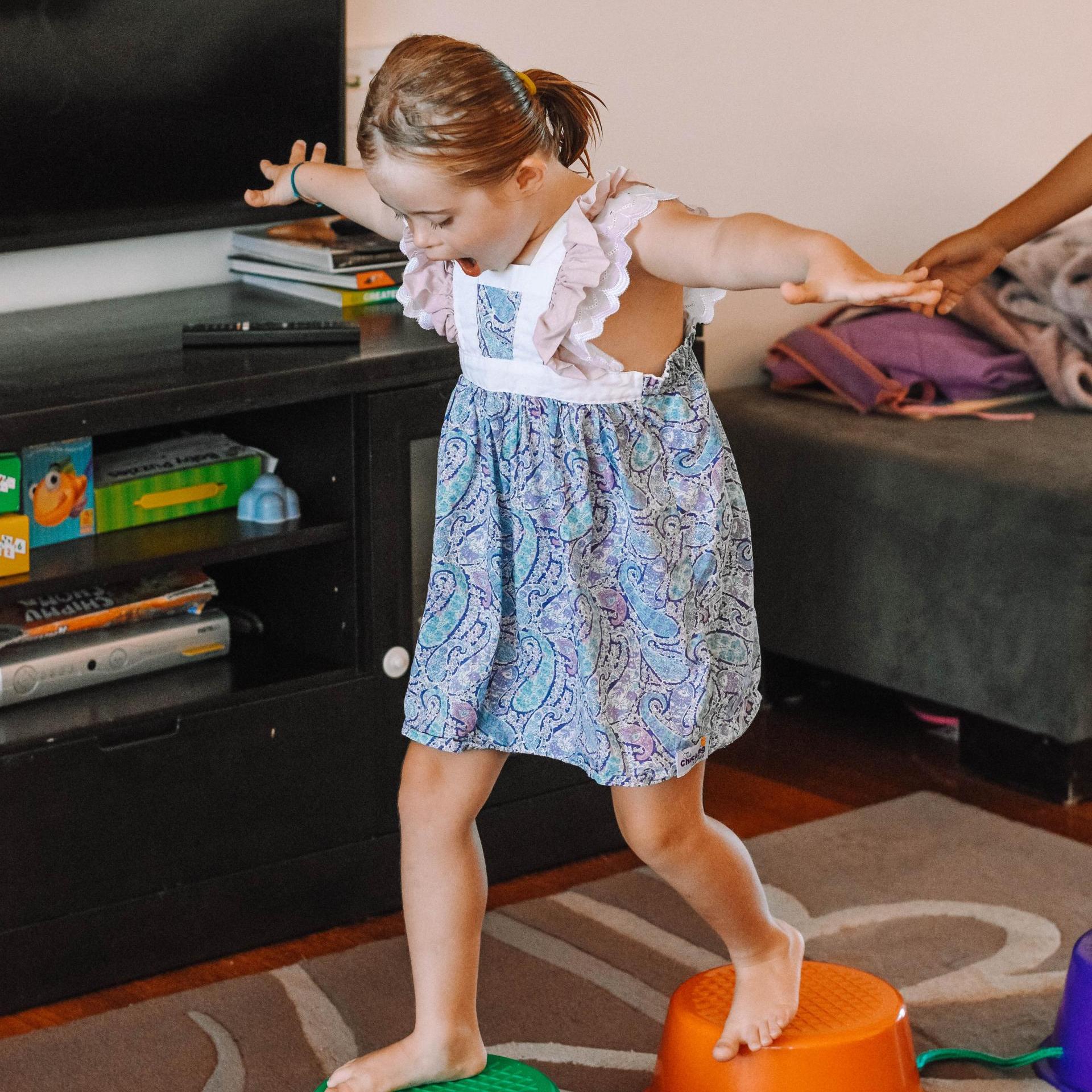Neck pain is a common complaint among children, neck pain and stiffness can either cause restricted movement or cause an […]

Neck pain is a common complaint among children, neck pain and stiffness can either cause restricted movement or cause an altered head/ neck position. One of the most common causes of neck pain in children is poor posture. Children’s spines are still developing and growing, the ligaments that hold their bones together are looser and their head is proportionally larger compared to their body (Forrester-Gale et al., 2015). Children also haven’t developed strength to maintain a good posture (Vranešić et al., 2023). Excess time at a desk and on devices can cause children’s bodies to sit in strenuous positions for extended periods putting pressure on their neck muscles and joints (Vranešić et al., 2023).
There can be other, more serious concerns of neck pain, such as a muscle strain or whiplash from sporting or car accidents (Lustrin et al., 2003). Physiotherapists are trained to help identify and manage various types of neck pain and their secondary symptoms such as headaches, reduced range of movement and fatigue.
Your physiotherapist will assess your child and the potential cause for their presenting concern. The physiotherapist will then discuss the recommended treatment with you. This may consist of soft tissue massage and joint mobilisations (depending on their age). They will also prescribe exercises to help strengthen postural muscles and increase endurance.
When to see a paediatric physiotherapist:
Neck stiffness that worsens at the end of the day.
Child is experiencing intermittent, mild- moderate headaches.
Reduced movement in one direction.
Upon waking increased neck pain with reduced movement (absent of any of the below symptoms)
When to see a doctor:
Sudden onset of severe pain accompanied by a fever, loss of appetite, dizziness or drowsiness.
Recent ear, nose or throat surgery.
Significant trauma or injury preceded the neck pain.
Constant, severe headaches.
To book your child’s initial consultation, contact us here or email us at hello@upsidekidsphysio.com.au
References:
Forrester-Gale, G and Paneris, I. The Cervical Spine. Chapter 9.1 in: Jull et al (Editors). Greive’s Modern Musculoskeletal Physiotherapy. Elsevier, 2015.
Lustrin ES, Karakas SP, Ortiz AO, Cinnamon J, Castillo M, Vaheesan K, Brown JH, Diamond AS, Black K, Singh S. Pediatric cervical spine: normal anatomy, variants, and trauma. 2003.